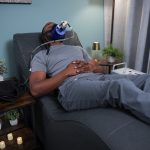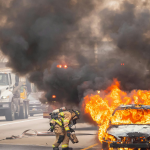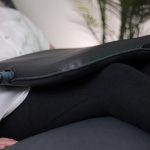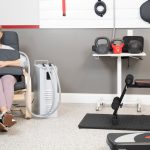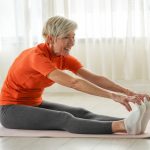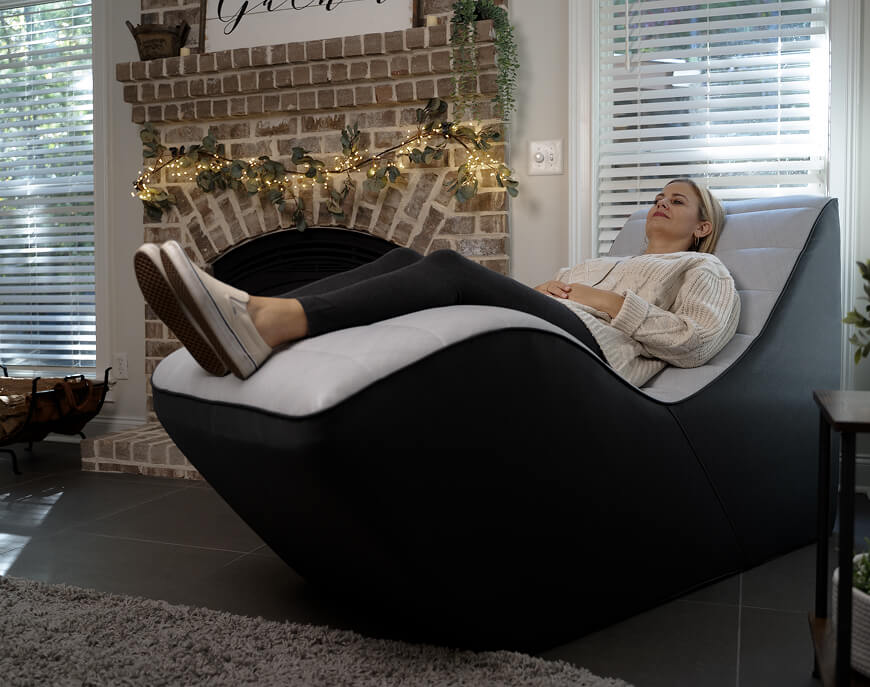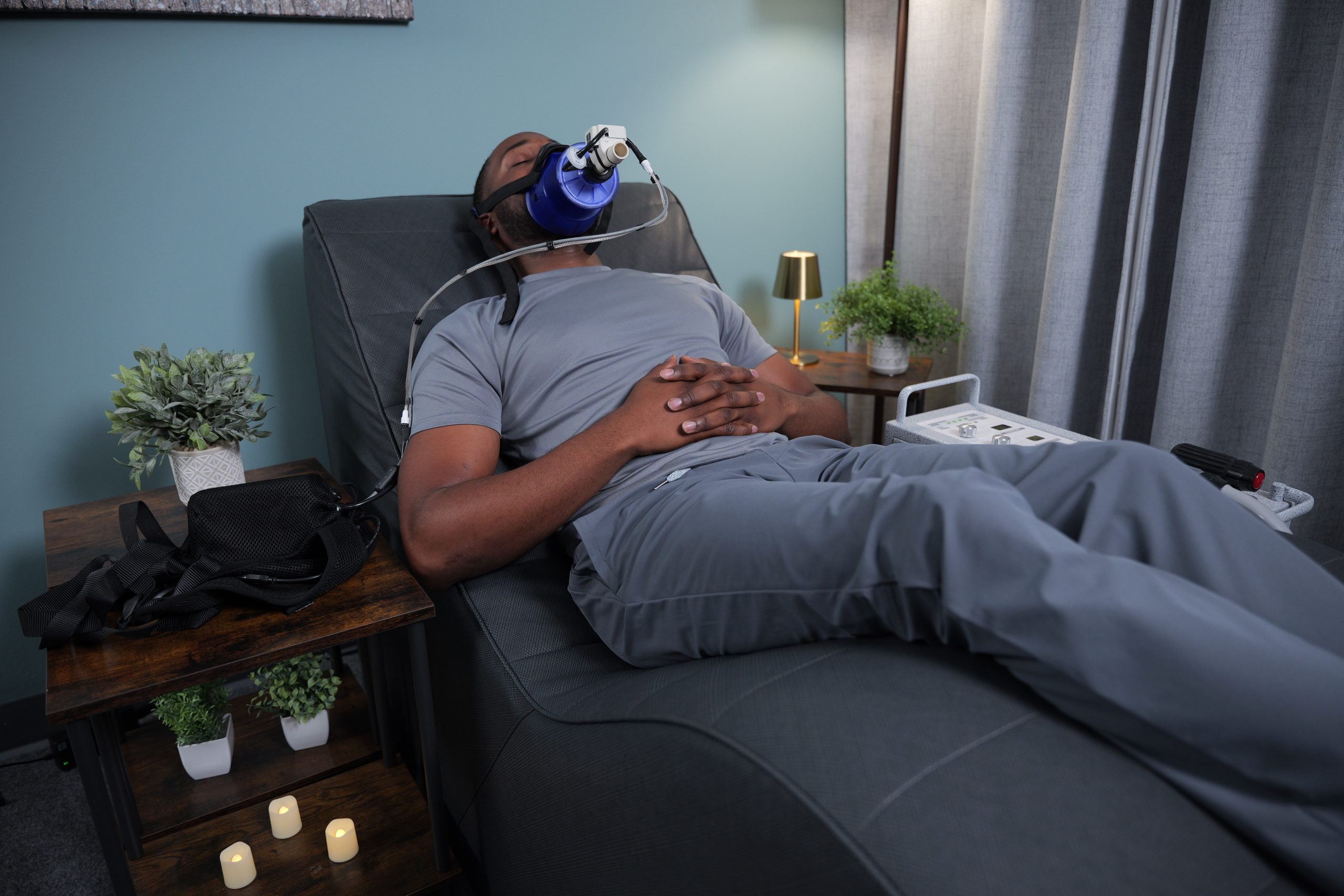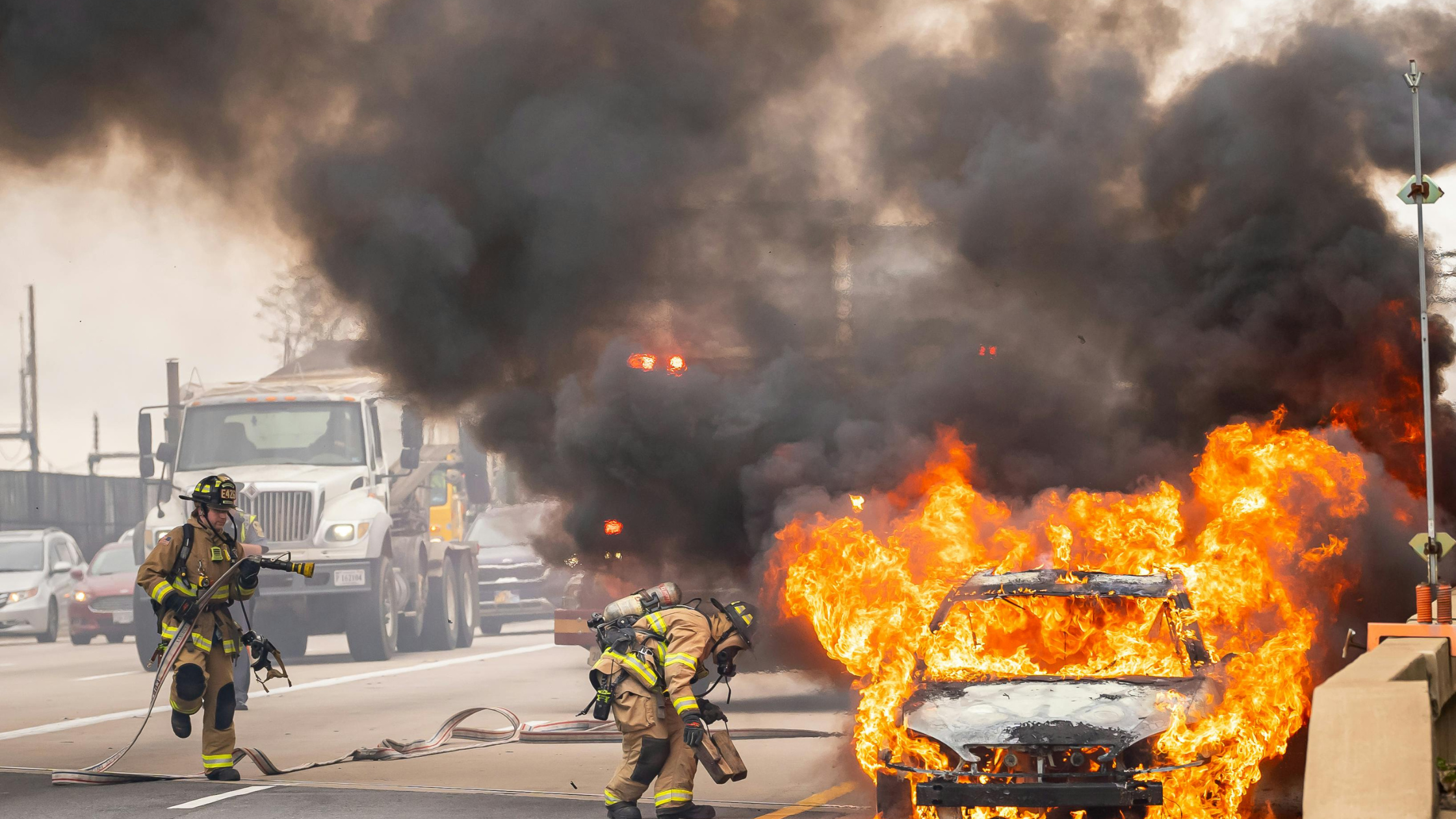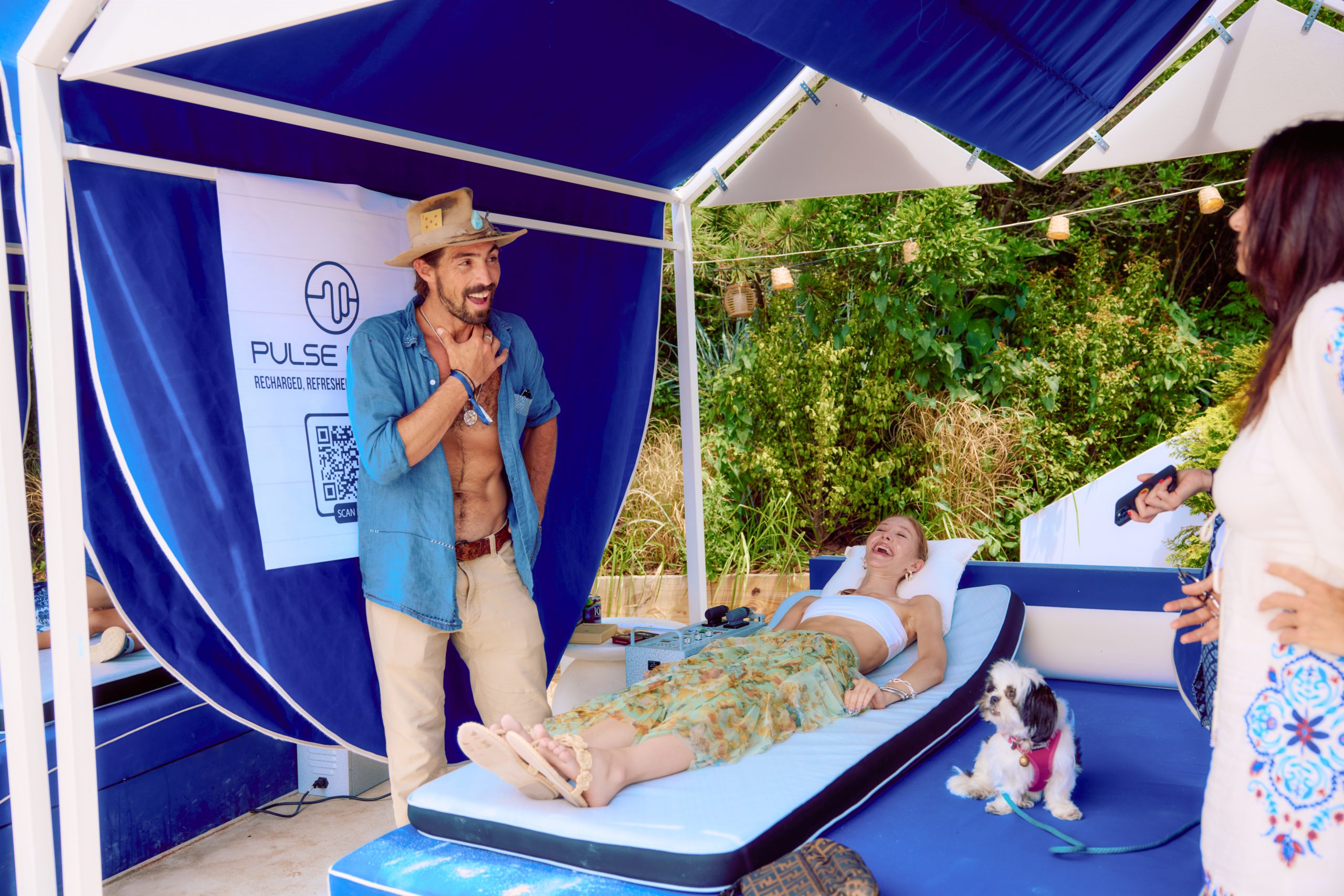Horse owners strive to give their horses top-notch care. The influx of warmer temperatures brings the freedom of many fun outdoor activities. When temperatures exceed 90 degrees Fahrenheit, hot weather has challenges that equestrians must consider.
Hot and humid weather increases the risk of overheating since the horse may be unable to cool itself efficiently. A horse’s temperature can quickly spike and cause various heat-related illnesses.
Let’s look at tips to help your horse stay cool when the temperatures rise. Adjusting their routines, care, and pulsing sessions can ensure they remain comfortable.
Heat Stress from Hot Weather
Horses overheat when the temperature and humidity make it hard to cool themselves properly. Sweating is a horse’s primary means of cooling. An actively exercising horse loses two to four gallons of sweat per hour in a hot climate.
Heat and humidity prevent the sweat from evaporating, which can lead to the animal overheating. The formula below demonstrates how to determine if your horse is more susceptible to heat stress.
Air Temperature (F) + Relative Humidity (%) = Horse’s Cooling Efficiency
Cooling ability is most efficient when the combined temperature and relative humidity are below 130. Between 130-150, cooling efficiency decreases. Therefore, the owner should be aware of the current weather conditions.
Riding or exercising should be postponed when the compounded air temperature and relative humidity exceed 150. This type of environment significantly reduces a horse’s cooling efficiency. When the temperature and relative humidity exceeds 180, this can be fatal if the horse is stressed or over exercised.

Causes and Symptoms of Overheating
Overheating often results in heat exhaustion or heat stroke. Symptoms include:
Overheating often results in heat exhaustion or heat stroke. Symptoms include:
If you experience a heat exhaustion situation with your horse, seek medical advice from your veterinarian immediately! While waiting for the vet’s arrival, place the horse in the shade with a fan.
Gradually wet the horse’s body, starting with the hooves and legs. Use a sweat scraper to pull the water away from the horse’s body as you hose them off. Simply applying water to a hot horse will cause the water to warm and not effectively cool them off. The sweat scraper pulls the warm water away from the body and constantly applies cool water to the warm muscles.
How to Keep Your Horse From Overheating
Heat stress is serious, but you can make simple adjustments to help keep your horse cool even on the hottest days.
Water + Electrolytes
Ensure horses always have access to clean, fresh water. Algae and bacteria grow more quickly in hot temperatures. With this in mind, you’ll want to clean water buckets and troughs more frequently than usual.
An adult horse typically drinks six to ten gallons in a cool climate. Water consumption will increase in hot climates or after intense exercise. If your horse doesn’t drink as much as it should, you may need to entice them to drink plenty of fluids.
Adding electrolytes in hotter temperatures will help replenish minerals lost in sweat. You can experiment with different flavors and brands to see which your horses prefer. Ask your local tack shop for recommendations that work best in your area. When you offer electrolytes, always have plain water available as well.
You can also promote thirst by adding salt to their diet. One study found that two tablespoons of salt increased water consumption by 53%. Use loose salt to ensure that the horse is consuming it.

Shade
Provide your horses with plenty of shade to find relief from direct sunlight. A run-in shelter, awning, or tree access will provide shade. Keep in mind the shade will change based on the sun’s position.
It’s best to have multiple options available, so your horse can migrate throughout the day. Encourage your horse to seek shelter from the sun by placing their feed and water in the shade.
Fly masks and sheets are great options to help protect your horse from the sun. Look for fly sheets that mention offering protection against UV rays. Lighter colors help reflect the heat rather than absorb it. Pick a fly sheet made from a lightweight and breathable material like mesh.

Increase ventilation
Hot temperatures can decrease the airflow your horse receives in the barn. Due to the size of barns, and the large open spaces, air conditioning is generally not practical. Consider adding a fan or two to the horse’s stall to increase the airflow. You can mount them on stall bars or elevate them in the corner.

Sunblock
Horses with white or pink skin are prone to sunburn since their skin lacks melanin to protect them from ultraviolet rays. Horses with face markings like a blaze or pink noses are also prone to sunburn.
Sunburned skin exhibits symptoms of red skin and inflammation similar to a human sunburn. Horses can also encounter blisters, peeling, and cracked skin, even in “minor” sunburns. Access to clean water is essential as hydration helps damaged skin heal.
Time to Ride
Hot weather often means equestrians need to calculate their approach to ride times. Try to ride in the early morning or late in the evening to avoid the hottest part of the day. If the temperature and humidity are too high in the evening, postpone the ride.
If you’re like me, you love your riding time and hate to miss it. However, if it’s too hot all day for intense exercise or training, go for a bareback walk. You will still get to spend time with your horse, and they’ll appreciate the opportunity to take it easy.
Trailering
With hotter temperatures and high humidity, it is important to plan any travel carefully. You may need to travel early in the morning or after the sun has gone down. Always ensure the windows on the trailer are open to provide maximum ventilation. This will help to ensure your horse is cool throughout the trip.
Provide plenty of water with electrolytes before the trip and when you arrive at your destination. Your horse will appreciate access to water right after stepping off the trailer. It is not uncommon for horses to drink several gallons of water once they are off the trailer.
Adjusting your Pulse sessions
A Pulse session in hotter temperatures will need adjusting to ensure your equine companion is comfortable. Schedule your Pulse sessions for the morning or evening when temperatures aren’t as warm.
Make sure you are in an area that has maximum ventilation. Find a spot in the barn with a strong cross breeze if possible. Add a fan pointed directly at the horse to keep them cool. This will also help to minimize the number of flies that land on them.
Apply fly repellent an hour before your session. If fly repellent doesn’t keep the bugs under control, use a fly sheet or mask.
As the temperatures fluctuate in your area, it’s important to adjust your horse’s routine accordingly. Hot temperatures are no match for your horse when they are equipped with a routine and environment that sets them up for success. Enjoy the sunshine and warm weather, but don’t let it melt you and your horse away!


